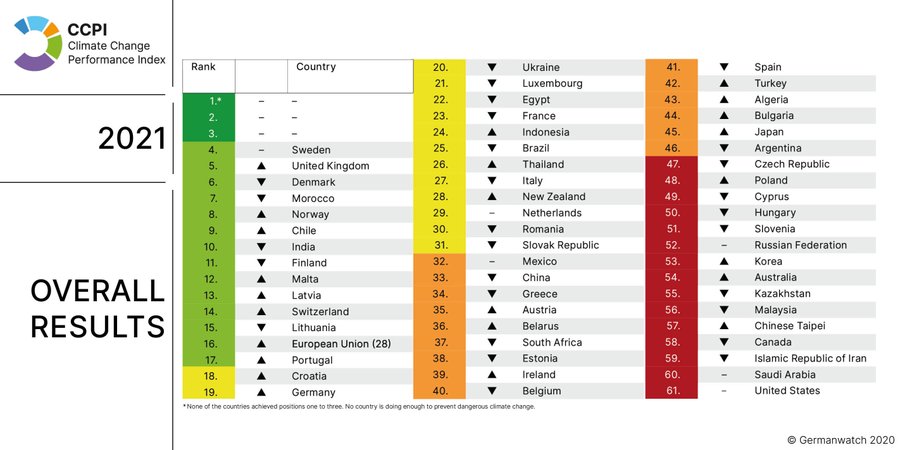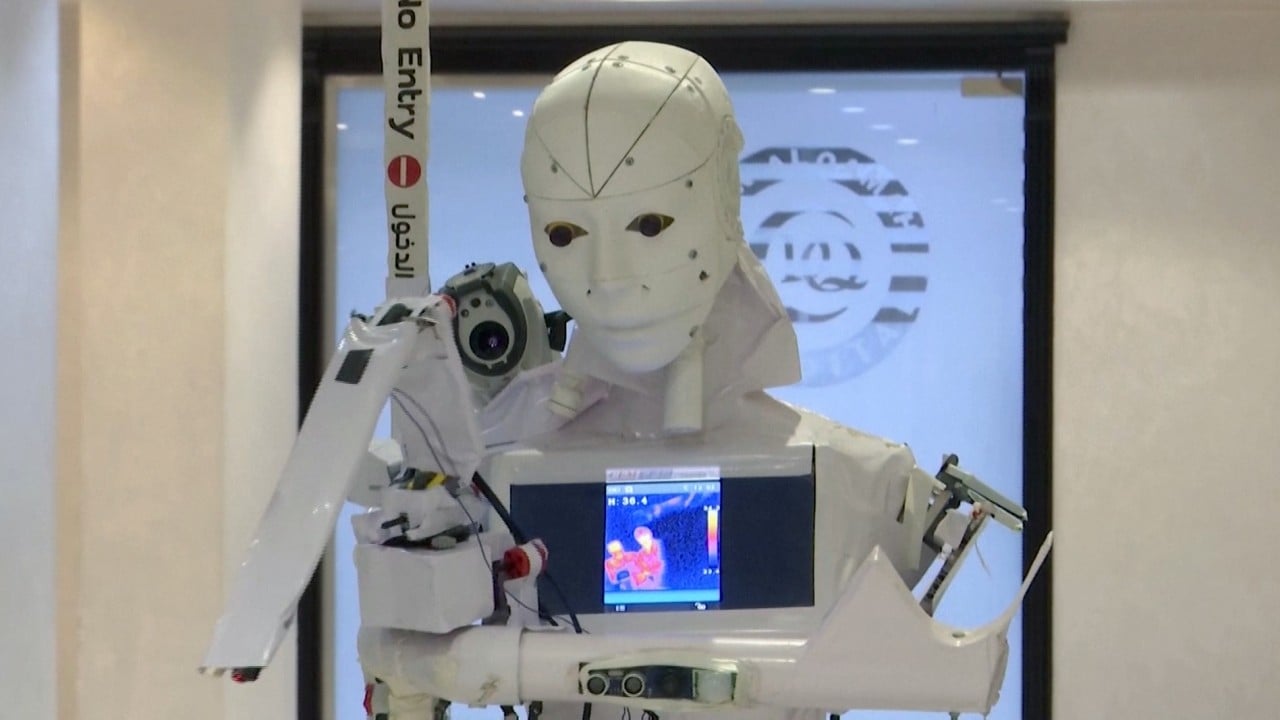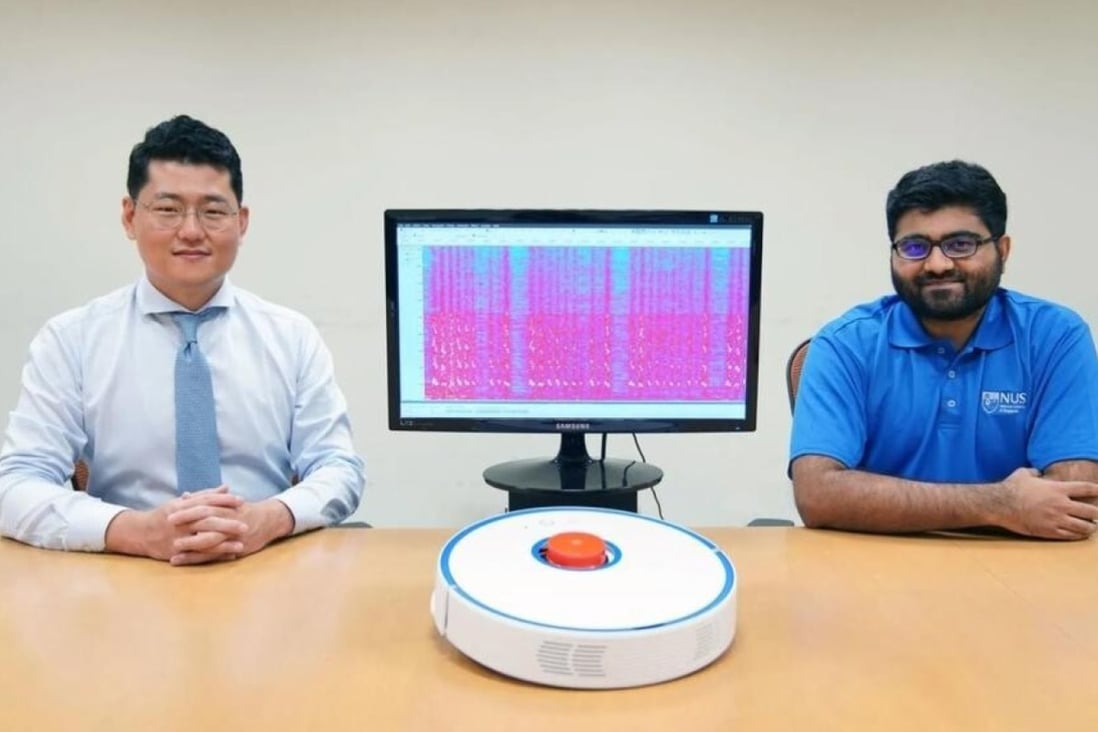No country has yet achieved the goals of the Paris Agreement, according to the Climate Change Performance Index from NGOs Germanwatch and the NewClimate Institute.
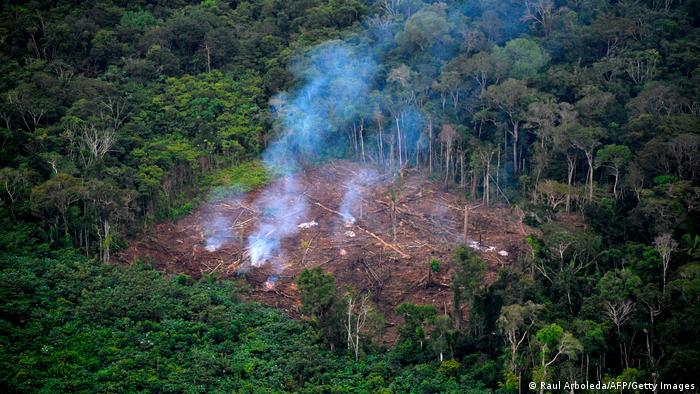
In a repeat of 2019, the three top spots on this year's Climate Change Performance Index have been left conspicuously empty. Quite simply, according to the more than 100 experts who assessed the 58 countries — and the EU — responsible for 90% of global CO2 emissions, because their climate protection efforts are lacking.
The nations on the list are scored on the basis of energy consumption per person, as well as their strategies used to reduce it, the percentage of renewables in the energy mix, the pace of clean expansion, and what policymakers are doing to implement the climate change agreement at home and internationally.
"There is gradual progress in almost every area. But this is far too slow and does not correspond to the urgency that is necessary to protect our planet," said Professor Niklas Höhne of the Cologne-based NewClimate Institute, which analyzes the climate protection activities of countries around the world.
"One thing that stands out is that the EU has improved significantly,” he said. "The EU is trying to move forward on policies with long-term goals, and the new short-term goal is to try to bring other countries along for the ride." Thanks to a much higher scoring climate policy, the EU has advanced six places to 16, and has received the overall rating "good."
This puts the EUwell ahead of two other major emitters, the United States and China. Just like last year, the US occupied the last place (61) with China in 33rd place in the middle of the playing field. The oil-dependent nations of Saudi Arabia (60) and Iran (59) were also at the bottom of the index.
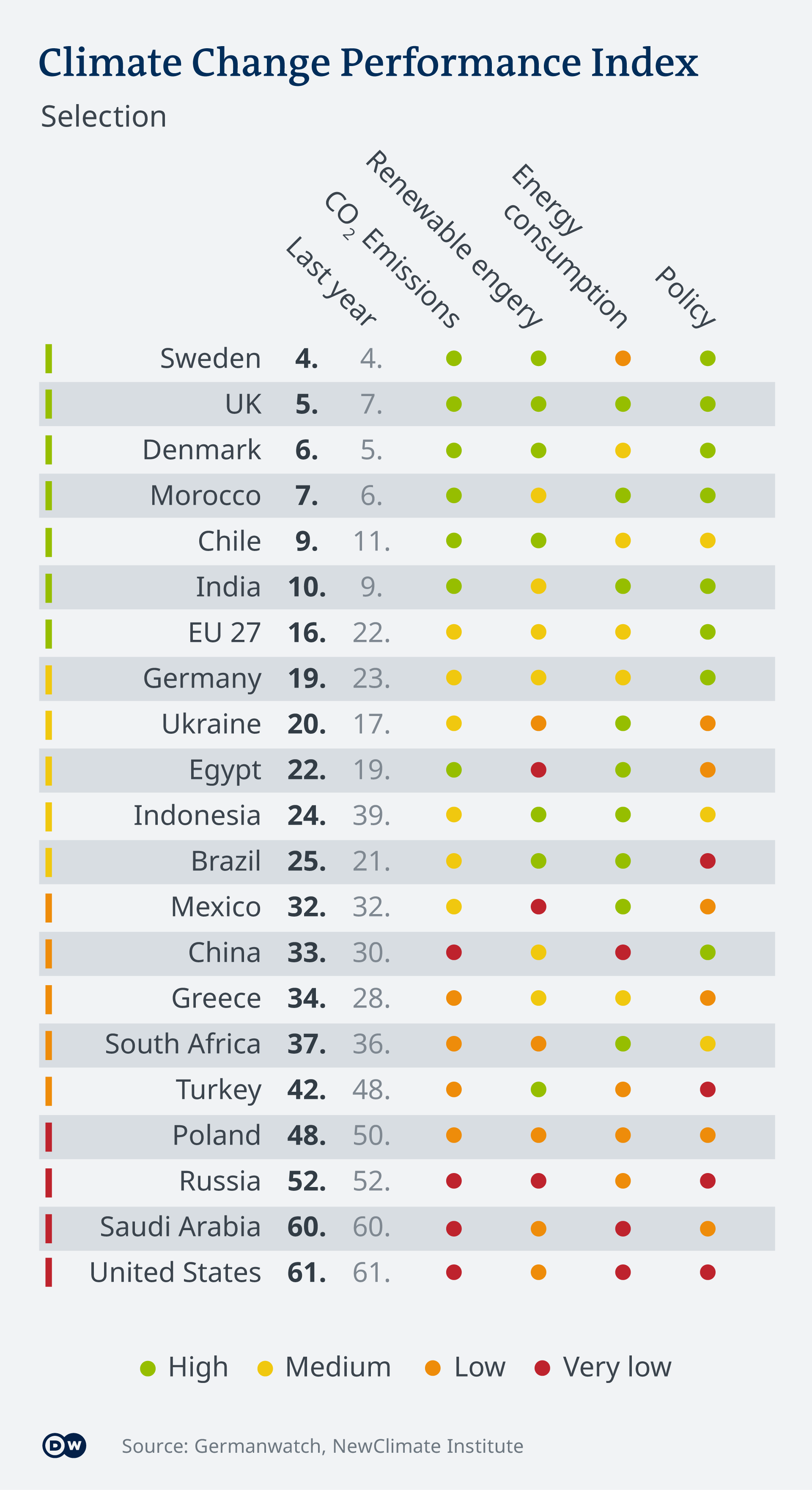
Which countries are 'good?'
According to the index, Sweden is the international role model for the fourth year in a row. While the Nordic nation did not do well enough to occupy one of the top three slots, and still has some way to go to achieving the Paris climate goals, it has set high standards in CO2 emissions, renewable energy and climate policy.
Not only was Sweden's last coal-fired power station shut down this year, but the country has set a good example to the world with a high CO2 tax of roughly €115 ($139) per ton, providing incentives to develop alternatives to coal, oil and gas. Only the very high per capita energy consumption prevented an even better ranking.
Sweden is followed by the UK, Denmark, Morocco, Norway, Chile and India — in that order — all with the rating "high." Finland, Malta, Latvia, Switzerland, Lithuania and Portugal also got the same ranking.
Germany and Brazil only in the middle
Until 2009, Germany was a role model in climate protection, even taking the top spot in 2008. But in the years that followed, its performance has largely been on a downward trajectory. The only exceptions were 2012 and 2013, when the expansion of renewable energies boomed in Germany following the nuclear disaster in Fukushima.
By 2018, Germany had slipped to 27th place out of 61. In this latest list, however, it has climbed back up to the 19th spot. According to the authors of the index, Germany is flailing on the expansion of renewables, is making slow progress on CO2 reduction in the transport sector, and needs to reduce its per capital energy consumption and CO2 emissions.
"The ‘medium' rating could be improved with more ambitious expansion targets for renewable energy and significant corrections in the transport and building sectors, as well as in the coal phase-out," says Jan Burck, lead author of the report from the environmental and development NGO Germanwatch.
Also around the middle of the list are Croatia (18), Ukraine (20), Egypt (22), France (23), Indonesia (24) and Brazil (25).
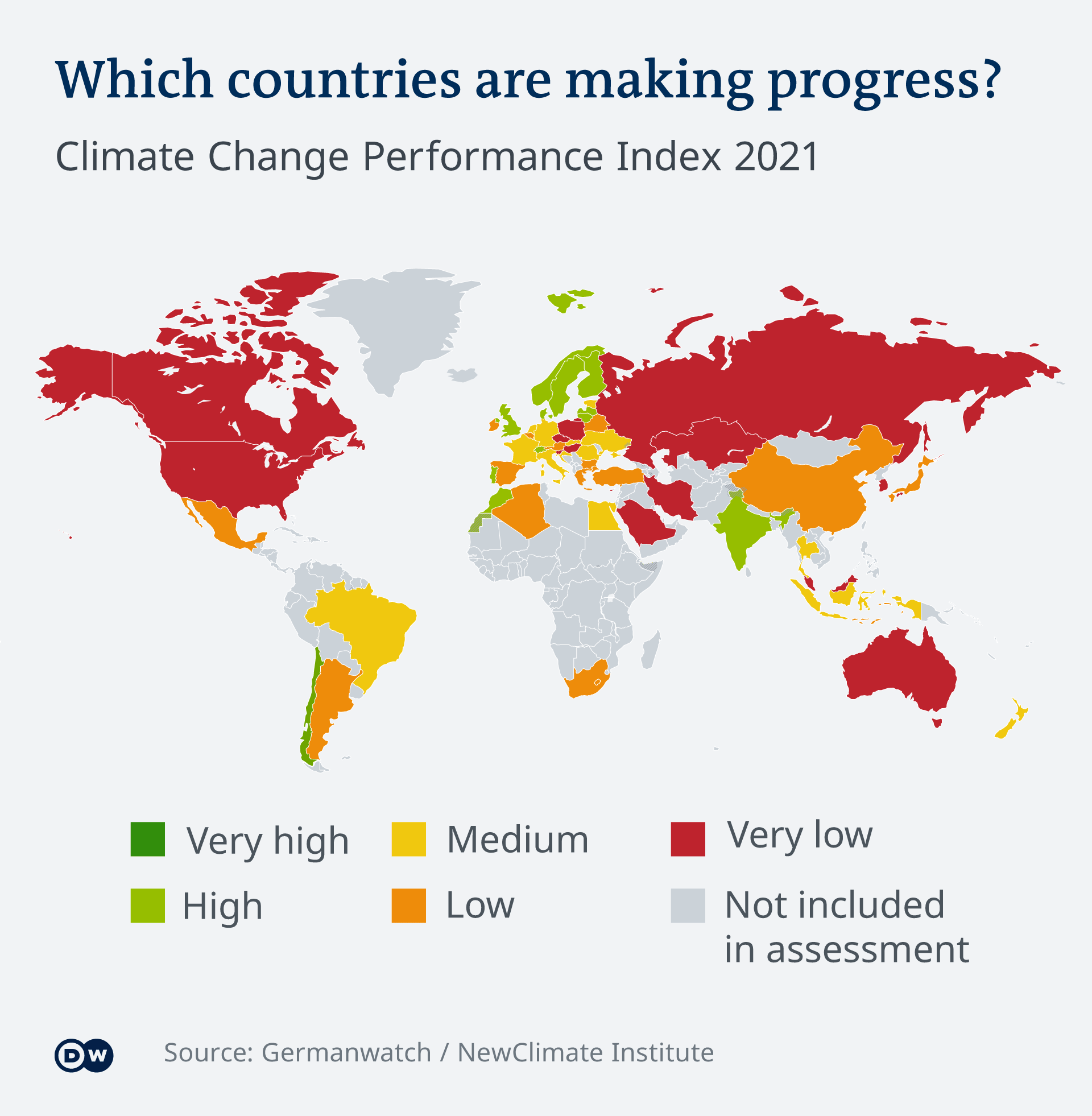
"The problem with Brazil is the increase in deforestation," climate researcher Höhne says. "And the Amazon is not only relevant for greenhouse gas emissions, but also for the entire global climate."
If too much deforestation takes place in the Amazon rainforest, there could be a tipping point because the climate is changing throughout the region — with far-reaching consequences for the supply of drinking water and the global climate.
"The rainforest would then no longer be a rainforest, and drought and fires would occur," Höhne continues. "That would be catastrophic. That is why this is not just important for Brazil but for the whole world. And there is a very, very negative trend."
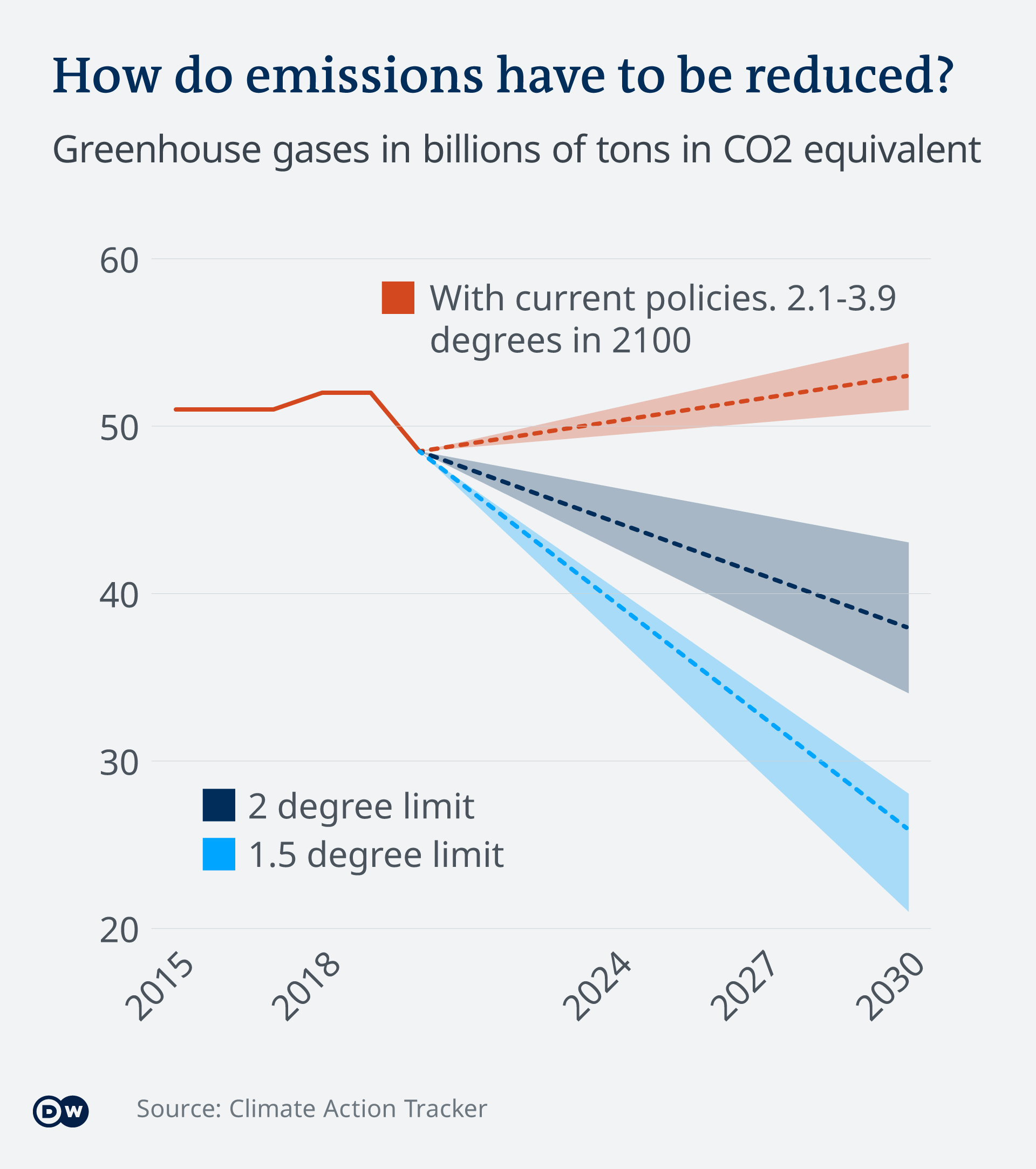
Coronavirus aid package are decisive on future of the climate
In recent months, China and a number of other countries have declared their intention to reduce their high CO2 emissions to zero — most by 2050, China by 2060. US president-elect Joe Biden wants to make the US climate-neutral by 2050 and the power supply climate-neutral by 2035.
The climate index experts see these announcements as a very important signal that the urgency of the issue has been noted and that countries really do want to do more for the climate.
"The sheer volume of countries that have understood the importance of becoming climate-neutral, means it is no longer possible to ignore it," Höhne said. "The argument that 'there is no point doing something because others are not' no longer applies."
Höhne sees "gentle progress" and says the coronavirus crisis offers the opportunity to make an about-turn. What is important now is how the billions set aside for aid to recover from the pandemic will be spent and whether the money is invested in building a carbon-neutral economy.
"There is a lot of room for maneuver in the right direction, but also in the wrong direction," says Höhne. "If things go wrong, it will be very difficult to save the climate. I am convinced of that — simply because we are not going to spend money like that again for the next 10 years."
This article was translated from German
Watch video03:29 Sustainable Cities: Urban trees under threat
DW RECOMMENDS
Why are high emission countries lagging on climate protection?
Even the world's largest CO2 emitters are suffering the effects of climate change. So what's stopping countries like Germany, India, Saudi Arabia, the US and China from changing tack and going green?

